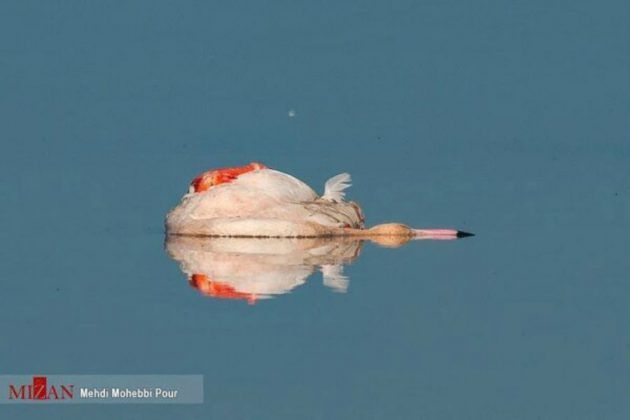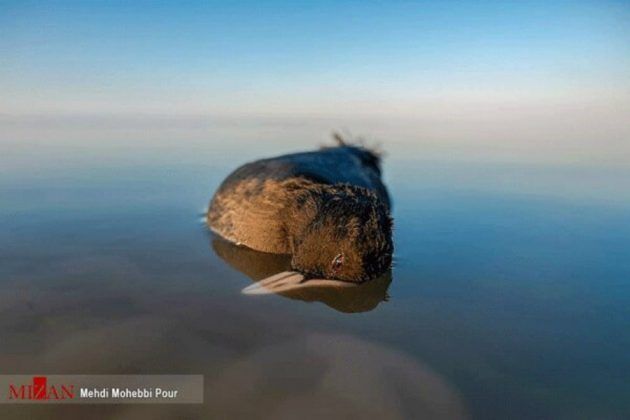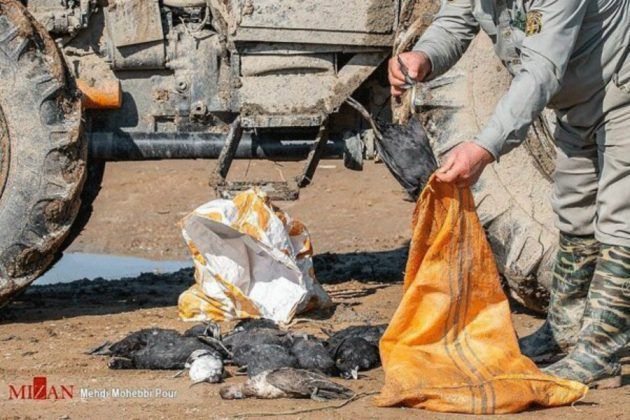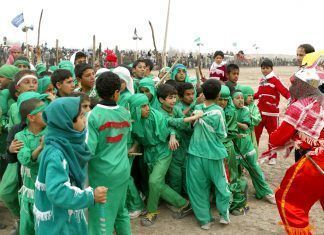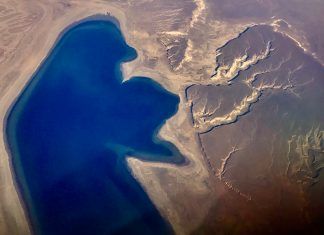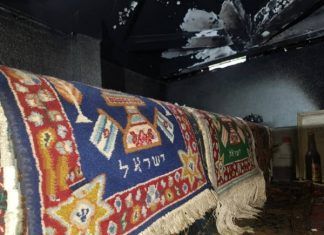Thousands of migratory birds have died of apparent bacterial infection in the Miankaleh Wildlife Sanctuary and Wetland, in the northern provinces of Mazandaran and Golestan, according to Dr. Behrang Ekrami, a member of the investigative veterinarian team working with the Mazandaran Department of Environment.
“We believe that most flamingos and common coots have died after feeding on planktons and algae contaminated with harmful bacteria,” Mr. Ekrami said in an interview with The Islamic Republic News Agency (IRNA) on January 27. “Algae and plankton are the main source of food for the winter migratory flamingos and common coots that stop at the Miankaleh Wildlife Sanctuary and Wetland. We are all but certain that these birds have died of food poisoning.”
Miankaleh Wildlife Sanctuary and Wetland is one of the 12 largest biosphere reserves on the planet. It covers an area of 40,000 hectares and is home to 260 species of birds. It also provides refuge to 1.5 million migratory birds that visit the wetland every year. The sanctuary is part of the Miankaleh Peninsula that stretches for 48 kilometers along the Caspian Sea and is 3.2 kilometers at its widest point.
“We have recovered close to 6,000 dead birds so far,” Maslak Ahangari, the head of an investigative unit at Mazandaran Department of Environment, told IRNA. “We have buried the carcasses according to the department’s wildlife disposal guideline. We expect to recover around 2,000 more dead birds in the coming days.”
An initial report by Iran’s Veterinary Organization suspected botulism toxin (produced by the bacterium Clostridium botulinum) or Newcastle disease (infection of domestic poultry) or bird flu as the causes of death. Subsequent tests, however, showed that the birds had died after eating algae and plankton contaminated with harmful bacteria.
“Many species of birds, including flamingos and coots, have been affected,” Ali Aboutalebi, an environmental activist, told IRNA. “The Iran Veterinary Organization has ruled out bird flu and Newcastle disease. They have transferred some dead birds to Tehran for further tests.”
The head of the Mazandaran Department of Environment Hosseinali Ebrahimi has also dismissed bird flu and Newcastle disease as the cause of death. In an interview with the Iranian Students News Agency (ISNA), Mr. Ebrahimi said: “We have recovered 4,000 bird carcasses in Miankaleh Wildlife Sanctuary and Wetland. We have buried them according to the wildlife disposal guideline. Many species of birds have been affected, including flamingos, coots, curlews, common pochard, Eurasian teal, and ducks.”
Meanwhile, some environmentalists have warned that illegal dumping of industrial waste, misappropriation of lagoons for private use, and unlicensed hunting have posed severe threats to the ecosystem of the Miankaleh Wildlife Sanctuary and Wetland.
Others have even suggested that wastewater from Mazandaran’s Neka Power Plant has contaminated the wildlife refuge. Neka is the biggest thermal power plant in the Middle East and the primary energy provider for the northern provinces.
However, neither Mazandaran’s Department of Environment nor Iran’s Veterinary Organization have confirmed these allegations.
The wetland is off-limits to reporters and photographers, while several units from Iran’s Veterinary Organization are investigating the incident.
Mazandaran Department of Environment has warned the public not to buy or consume wildlife meat, particularly birds.
Illegal hunting and slaughter of thousands of migratory birds from Europe that stop in the Caspian Sea regions have also alarmed conservationists. They have repeatedly called on the government to impose stricter penalties on illegal hunting.
“A million wild birds a year are now being killed illegally at a single wildlife site in Iran,” the Guardian reported in February 2018. “In a letter last week to the journal Science, many conservationists pinpoint the Fereydunkenar wetlands in Iran as the site of this widespread wildlife slaughter.”
Mazandaran’s Fereydunkenar international wetland covers an area of 5,427 hectares and is home to many endangered bird species, including Siberian crane, white-headed ducks, red-breasted geese, lesser white-fronted geese, northern lapwings, and wintering raptors such as falcons.
[Translated from Persian by Fardine Hamidi]

